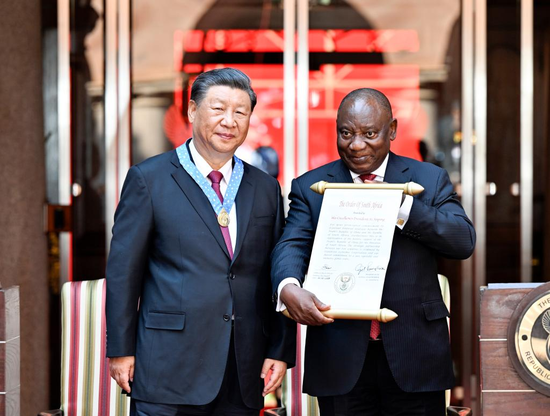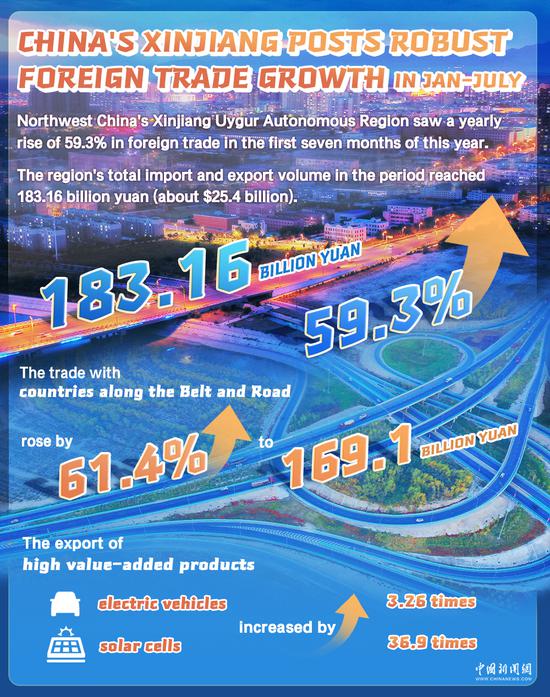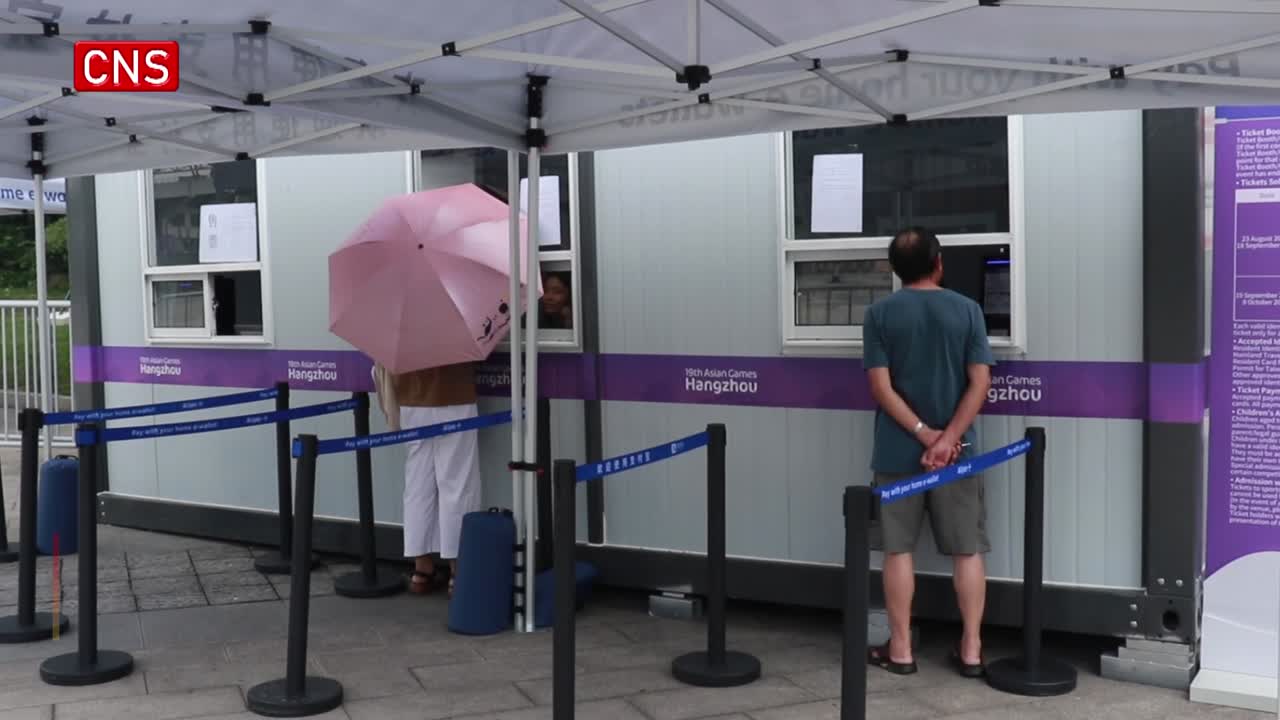
RISC-V products on display during an expo in Shanghai. (CHINA DAILY)
Open-source chip design architecture RISC-V is gaining in popularity in the country, experts said, as Chinese chipmakers work to sharpen their technological strengths.
RISC-V, which refers to an instruction set architecture rooted in reduced instruction set computer principles, has been open and free for use since its launch in 2010.Developers can use it to design a chip tailored to their unique needs. As a result, MIT Technology Review named the chip design as one of the breakthrough technologies of 2023.
For decades, computer chip designs have been expensive and hard to license. Global chip designers, such as Intel and ARM, have kept their blueprints secret. This meant consumers had to buy manufactured chips directly or pay more for customized designs.
The rising popularity of RISC-V will likely help cut Chinese companies' reliance on chip design architectures such as x86, developed by Intel, and ARM, developed by the United Kingdom's Arm Holdings, in the future, the experts said.
"The future of RISC-V lies in China, and the semiconductor chip industry in China also needs RISC-V," said Ni Guangnan, an academician at the Chinese Academy of Engineering, during the RISC-V Summit China in Beijing on Wednesday.
China, Ni said, is willing to embrace open-source innovation and collaborate with other countries for progress, as well as strive to build a strong and prosperous RISC-V ecosystem, to help RISC-V become one of the mainstream central processing units in the world.
The remarks have come at a time when Chinese companies and institutions have become major contributors to the RISC-V international community. In 2022,10 billion RISC-V chips were produced globally, of which half were made in China.
Chinese tech heavyweights such as Huawei Technologies Co, ZTE Corp and Alibaba Group Holding Ltd are members of the RISC-V International, an international organization dedicated to promoting the use of the chip architecture.
The organization aims to boost cooperation with various associations in China, as well as with the academic and industrial sectors in the country to help build a mature RISC-V ecosystem, Calista Redmond, CEO of RISC-V International, said in an interview with China Daily.
Cooperation with hardware manufacturers and their participation are also important, Redmond said.
In May, the Chinese Academy of Sciences unveiled a new high-performance processor chip and a new operating system based on RISC-V.
The chip has been named Xiangshan open-source high performance RISC-V processor, while the operating system is called Aolai.
These technological achievements showcase China's commitment to build an open-source chip ecosystem with a new blueprint to support its digital economy and promote international cooperation in chip development, experts said.
High-performance RISC-V processors can play an important role in applications such as autonomous driving, said Bao Yungang, chief scientist of the Beijing Institute of Open Source Chip.
T-head, a chip unit of Alibaba, unveiled its first self-developed RISC-V AI platform on Wednesday. It features deep collaboration between software and hardware, improves performance by over 80 percent compared to legacy solutions, and supports the operation of over 170 mainstream AI models.


















































 京公网安备 11010202009201号
京公网安备 11010202009201号